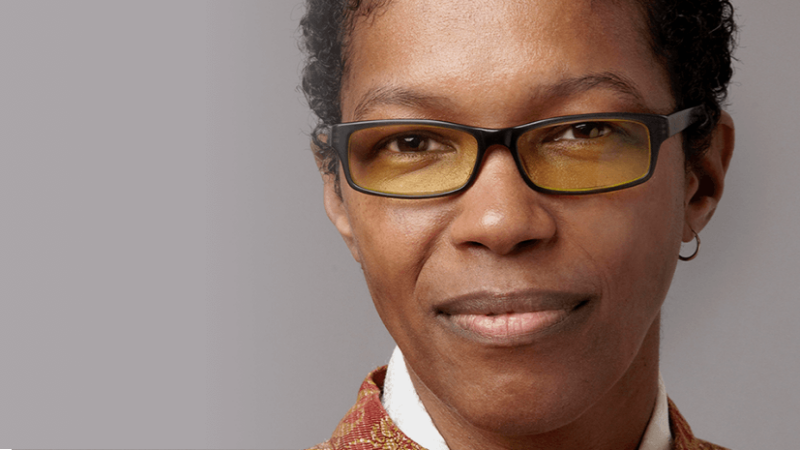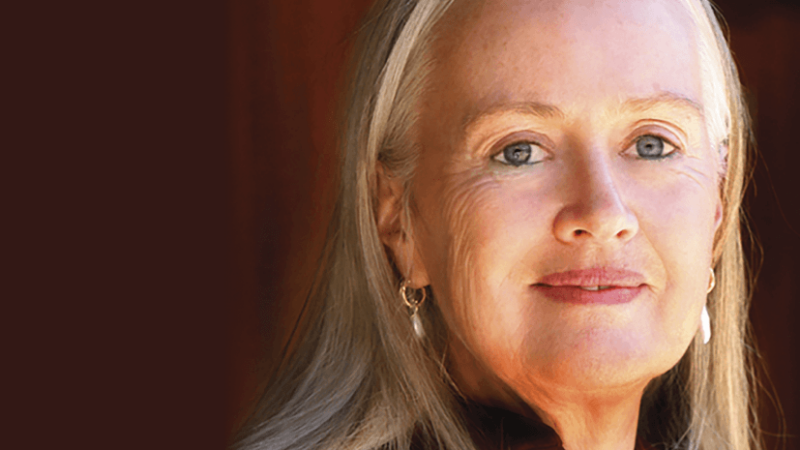The Core of Belonging
Rev. angel Kyodo williams is an author, activist, Zen priest, and founder of the organization Transformative Change, which centers on the link between inner work, wholeness, and social transformation at scale. With Sounds True, Rev. angel has created a new six-part audio series called Belonging: From Fear to Freedom on the Path to True Community. In this episode of Insights at the Edge, Tami Simon speaks with Rev. angel about how society shapes our sense of belonging, and what it means to take back our power to belong. They discuss how embodied belonging transcends that which our entire sense of self and reality is based upon, and offers us a deep awareness of our essential truth. Tami and Rev. angel also touch on: forgiveness as a healing self-practice, the meaning of true community, and how growing comfortable in our own skin gives us the capacity to heal, enact conscious change, and belong in any environment.






